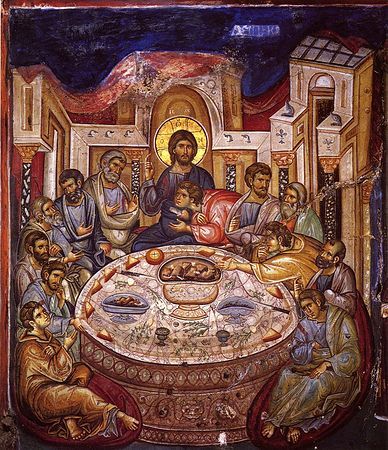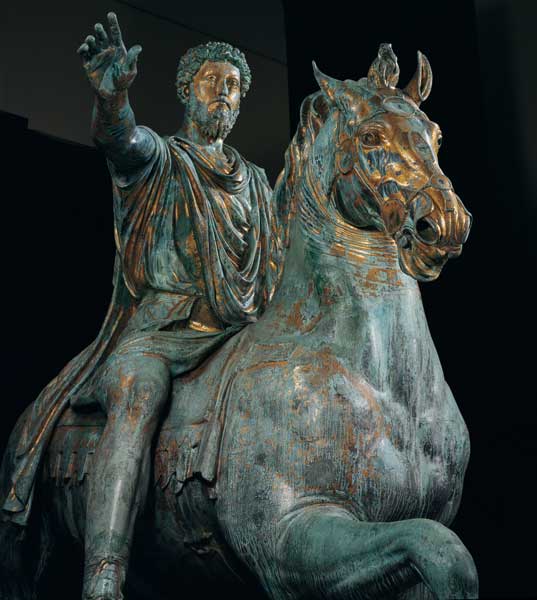A "sorry" for any repetitions of points made by other posters, or failure to adequately engage with other posts/posters. There was a lot to go through, and I'm 'late to the game'. But also, I'd been thinking about this, so thought to just launch if it's okay ...
This a difficult issue to respond to, in part because I'm not conversant enough in the particulars of the Art of each culture presented (including the Orthodox cultures), the degree of shift in the adoption of a specialized visual language and the potential rupture away from the previous Art of the culture, the particular visual language of non-Orthodox cultures presented here, etc.
There is also the matter of what is meant by "icon" - the particular, specialized Liturgical Art-ish (as it falls somewhat outside of what Art is sometimes considered to be) of Iconography, versus the use of line, color, form, etc. -image - as an expressive or evocative medium. There is also the (argued) delineation of Art vs. Illustration, and degrees of abstraction in both ...
One thing that is notable is the deeper similarity within the variety of cultural styles of Orthodox Iconography. All (including Armenian, Ethiopian, Coptic) are deeply stylized thematically and (if you will) to a particular visual/symbolic language that is mutually comprehensible between the different cultures ... just as Liturgy is mutually comprehensible even if one is not conversant in the particular tongue of the celebrant.
A Georgian priest served the Liturgy at my parish in Georgian ... no problem for me, as I already know the Liturgy. And could rely on gestures and visual context/clues to know exactly what was being prayed. From what I've seen thus far, Iconography is also - importantly - mutually comprehensible.
As the Orthodox Icons are the products of often very different cultures, it would seem safe to say that some if not all of these cultures adopted a visual language that represented something of a break with the previous (secular) Art of the people.
So, for example, some of the Art depicted in the thread shows persons - persons accepted as Saints among the Orthodox - in profile. It should be noted that Saints are never shown in profile in iconography. In fact, the Icon of the Mystical Supper (Ravenna, iirc) demonstrates the compromised spirituality of Judas by depicting him in frank profile. Persons can be depicted in 3/4 face, depending on the needs of the scene depicted.
How does this language of profile vs. full, or 3/4 face compare with Art before Christian Iconography ? Though I can recall profile-depictions in the friezes of ancient Crete and on the the Parthenon, and assume they are not negative, I cannot confidently state this, nor for any other Orthodox cultures (Armenian, Coptic, Russian, Ukranian, etc.)
As Icons are "incarnational", I do think some degree of accuracy about the depiction of actual persons and historic events is essential to the function and value of Icons - and here I agree (iirc) with MKJ. Iconographers have freely depicted the variety of ethnicities of the Saints, and in fact demonstrating this variety as the Gospel spreads is part of announcing the victory of Christ and the effect of this victory for "all" nations/ethnoi. That Christ was not incarnate as this or that ethnicity but a particular ethnicity is fine with me (maybe because the House of David includes red-heads more than any other of the tribes, and I'm a red-head


)








 )
)
